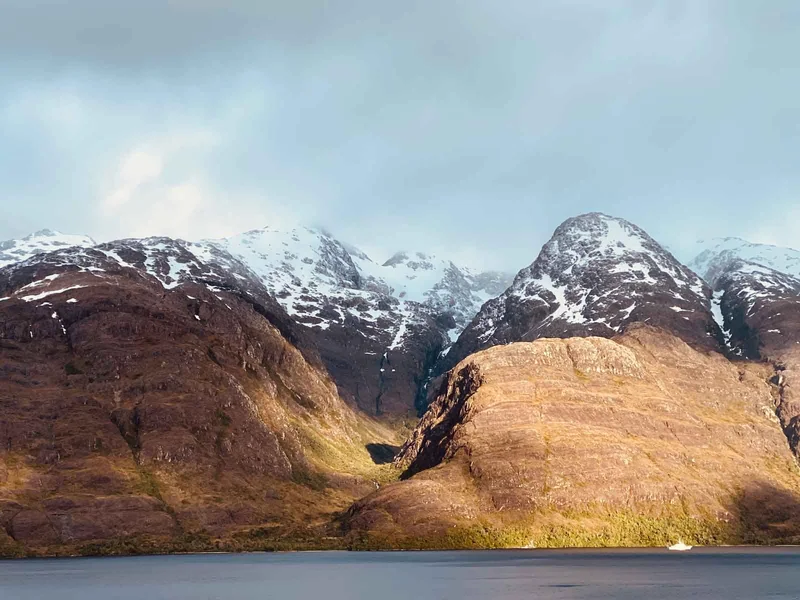
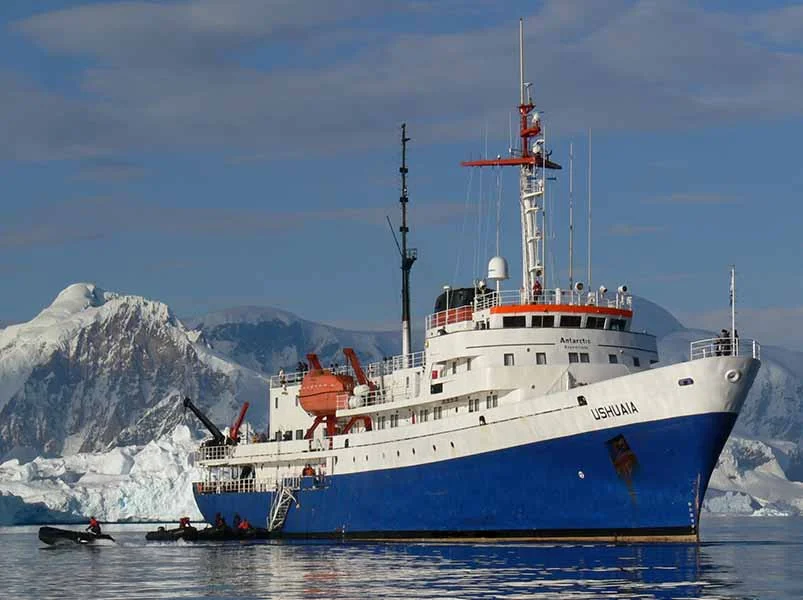
22 Day Antarctica Itinerary
Day 1: Ushuaia
Day 2: At Sea
Day 3: Western Falkland Islands (Malvinas)
Our lecturers and Naturalists will be with you for your first trip on 15 October 2023, if conditions are favorable. We might explore the following islands on the west coast:
West Point Island
West Point Island is located off of the north-westmost point on West Falkland. This attractive settlement is located on the east side of the island, on the leeward slopes of Black Bog Hill. This valley rolls across the middle of the island, to the Devil's Nose. It is one of the main attractions of the Falklands (Malvinas). Visitors are treated to a magnificent view of Cliff Mountain at the Island's high point, 1,250 feet (381 meters), as well as the highest cliffs on the Falklands. We will see a large colony of Rockhopper Penguins nesting in the vicinity.
Carcass Island
Carcass Island is located to the northwest of the Falklands Archipelago. The lower part of the island, below Jason Hill in the east, is covered by a mature tussac forest. Carcass Island is known for its abundance of cover, and lack of rats, mice, and cats. This has led to a large number of birds. Gentoo Penguins and Magellanic Penguins nest on the island. Peale’s and Commerson’s dolphins are often seen close to shore to catch a glimpse at the tourists. We are welcomed to share tea and cookies in the beautiful gardens of the settlement.
We will then sail eastwards around the islands in the north of the archipelago to arrive at Stanley the next morning.
Day 4: Eastern Falkland Islands (Malvinas) - At Sea
We will spend the early morning exploring the charming little town Stanley, its Museums, pubs and souvenir shops. It was founded in early 1840s. The weather and isolation made it difficult to live, but the progress was slow and marked by two wars.
You don't even need to leave the city to experience the amazing wildlife that the Islands offer. Southern Giant Petrels are often seen flying close to shore. Kelp Gulls and Dolphin Gulls are often seen together in flight. Black-crowned Night Herons are frequent but less noticeable visitors in the Stanley area. They also include Red-backed Hawks, and Peregrine Falcons. Turkey Vultures can be seen perched on the tops of prominent buildings. The park is home to many pairs of Upland Geese. You can also take a walk around town and see the birds singing.
Early afternoon is the time for a sail to South Georgia.
Day 5 & 6: At Sea
Day 7: At Sea - South Georgia
South Georgia is in view! It is a beautiful place with a variety of scenery, from high mountains to mighty glaciers and deep fjords. We would visit the following places in the afternoon if the weather was good.
Elsehul
Elsehul, located at the northwest extremity of South Georgia along the eastern edge of the Parydian Peninsula's knife-edged summits, is a charming little harbor. The only place on the island where you can see colonies of Blackbrowed or Greyheaded Albatrosses from zodiacs in the protected waters of the coast.
Right Whale Bay
Right Whale Bay, a 1.5 mile (2.4 km wide) bay located between Craigie Point & Nameless Point on the North Coast of South Georgia is entered. Named after South Georgia's commercial whaling center in 1922. We hope to see a few King Penguins along with Giant Petrels gulls breeding fur seals.
Day 8 to 12: South Georgia
The exact route will be determined by the local conditions on land and at sea, but we are interested in exploring these destinations:
Salisbury Plain
Salisbury Plain, also known as the "Serengeti of the South", is an unparalleled wildlife area. The tens and thousands of King Penguins nesting in this ecosystem are framed by several large glaciers. We can walk along the wide, sandy beach as we explore this colony. The penguins are literally all around us, and we feel awed by their curiosity. There are also elephant seals, Southern Giant Petrels, and Gentoo Penguins that wander. Be prepared for a truly amazing experience.
Prion Island
Prion Island has a beautiful islet covered in tussac grass. We may be lucky enough to get a chance to view a colony of Wandering albatross nesting on the top. The wooden boardwalk will take us to the top, allowing for comfortable viewing and getting close to nests.
Grytviken
Grytviken is located in King Edward Cove. This sheltered harbor lies between Hope Point, and Hobart Rock at the west shore of Cumberland East Bay. Grytviken's rusting whaling station is located on a flat plain, at the top of Cumberland East Bay. It is surrounded by mountains and steep hills. The station is now the South Georgia Museum and remains an important attraction for visitors. Also, Sir Ernest Shackleton’s grave at the whalers' cemetery nearby, along with his memorial cross, are also of great interest. Even by South Georgia's standards, the scenery is stunning: The glaciers and snow-covered peaks of Mt. Sugartop, Mt. Paget, Mt. Roots, Nordenskjold Peak, Mt. Kling, Mt. Brooker forms a stunning backdrop for the cove. The views, especially from King Edward Point, are among the best on Earth.
Godthul
Godthul, a 3-km-long inlet located between Cape George and Long Point on the Barff Peninsula's eastern shores, is 9km east from Cumberland East Bay. Gentoo penguins can be seen on the tussac plateau, and Light-mantled Sooty Albatrosses echo in the amphitheater of the natural cliffs that surround the harbor. Between 1908-1929, a floating factory ship was serviced each summer by two whale catchers. The whaling operation was supported by a small whaling shore depot located in the southeast corner. Rusty barrels, wooden sheds and boats, along with the collection of elephant seal and whale bones, are all fascinating remnants from the past.
St Andrews Bay
St. Andrews Bay's coastline is a 1,86-mile (3 km) stretch of fine, dark sand that runs from north to south. Its interior features the Cook Buxton Heaney Glaciers, and it has a penguin and seal population. In the bay, there is South Georgia's largest colony of King Penguins. In spring, elephant seals are also a common sight on the beach. A large collection of animals attracts a scavenger squad that is persistent and ravenous. Sheathbills dart around and in the colony of penguins. Cape Petrels are nesting in small numbers on the cliffs to the north of St. Andrews Bay. The leopard seals also patrol this part of the beach, searching for penguins near the edge of the kelp bed. On the slopes of tussac, a few White-chinned petrels nest and Light-mantled Sooty Albatrosses. Brown Skuas, Antarctic Terns, and other seabirds nest on the scree slopes of the North End Beach. They defend their nests with characteristic noise.
Cooper Bay
Cooper Bay can be found on the southernmost tip of South Georgia. This site is home to a variety of animals in an amazing setting. The fascinating volcanic rocks that tower above the small fjords invite you to take a zodiac ride and observe wildlife. Be on the lookout for Chinstrap Penguins and Macaroni Penguins.
Drygalski Fjord
Drygalski Fjord can also be found in the south-east of the island. These glaciers have receded significantly over the past few decades but remain one of most impressive features along this coast, especially the Risting Glacier and Jenkins Glacier. We might be able to see the glaciers break and the formation of an iceberg while on the ship.
Day 13 & 14: At Sea
Day 15: Elephant Island, South Shetland Islands
Day 16: At Sea - Antarctic Peninsula: Antarctic Sound
You will be prepared by our expedition team for your experience on the Antarctic Peninsula or South Shetland Islands.
We hope to reach the Antarctic Peninsula later today in the picturesque Antarctic Sound area. We will attempt to land on one of these landing sites.
Argentine Antarctic Station Esperanza
We will try to sail the passage to the east side of the Antarctic Peninsula, which traverses the Antarctic Sound and runs northwest-to-southeast. Hope Bay and Argentine Station Esperanza can be found on the west side of the Sound.
Brown Bluff
Brown Bluff is a promontory located on the Tabarin Peninsula south of Hope Bay. They could both be landing sites. Adelie penguins inhabit the Weddell sea, which is the heart of the peninsula.
Day 17 to 19: Antarctic Peninsula and South Shetland Islands
You will be prepared by our expedition team for your experience on the Antarctic Peninsula or South Shetland Islands.
Gerlache Strait
The wide straits and protected bays of this region, with its mountainous islands offer solitude. The physical characteristics of this region include a profusion tall peaks that humans have not yet climbed, and huge glaciers moving inexorably towards the sea.
Hydrurga Rocks
Hydrurga Rocks is a group of small islands located east of Two Hummock Island, in the Palmer Archipelago at the northern entry of Gerlache Strait. Chinstrap Penguins breed here, as do Blue-eyed Shags. Kelp Gulls also have a breeding record.
Cuverville Island
Cuverville Island is also a possibility. It lies within the picturesque Errera Channel in the middle of the Gerlache Strait. Many Gentoo Penguins nest here on a well-defined, raised beach. We plan to visit the South Shetland Islands on our journey north.
Deception Island
The narrow passage will take us into the caldera of Deception Island, the largest among the three volcanic centers that have recently formed in the South Shetlands. It is an amazing experience. The rising slopes of the black cinder covered volcanic rim are a great way to get a spectacular view.
Half Moon Island
Chinstrap Penguins live on this crescent-shaped Island, located at the entrance to Moon Bay, between Greenwich Islands and Livingston Islands.
Day 20 & 21: At Sea
You will be prepared by our expedition team for your experience on the Antarctic Peninsula or South Shetland Islands.
As we leave Antarctica, we head to the north through Drake Passage. Our lecturers will be on board to help you search for whales and seabirds. Enjoy some last lectures. Relax and enjoy the last lectures.
Day 22: Ushuaia
Please be aware: This itinerary is only a guide. The exact itinerary and program may vary depending on the local conditions, including weather and ice. We will also take into consideration wildlife viewing opportunities. The Captain or Expedition Leader will make changes to the itinerary based on the current conditions. On board, a daily schedule will be distributed. Flexible thinking is key.





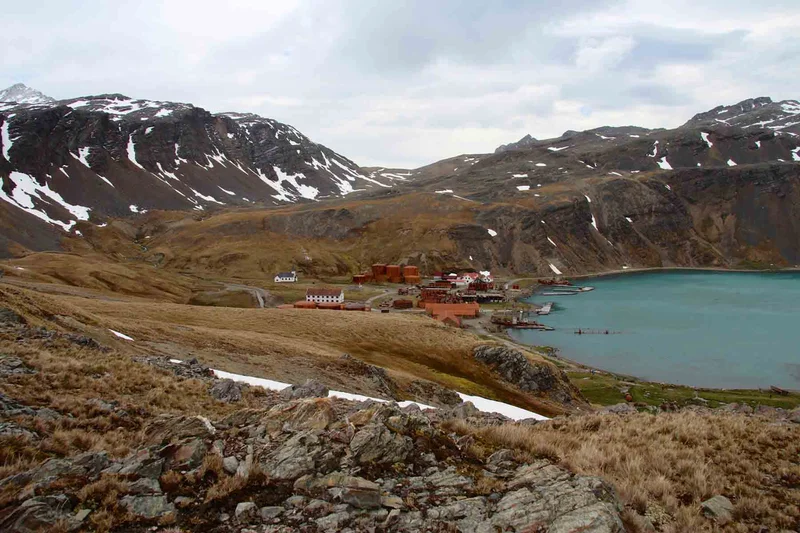

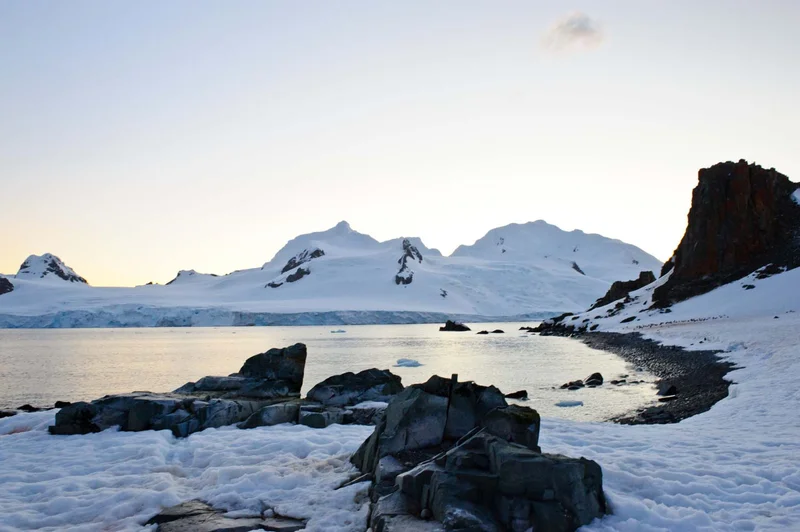

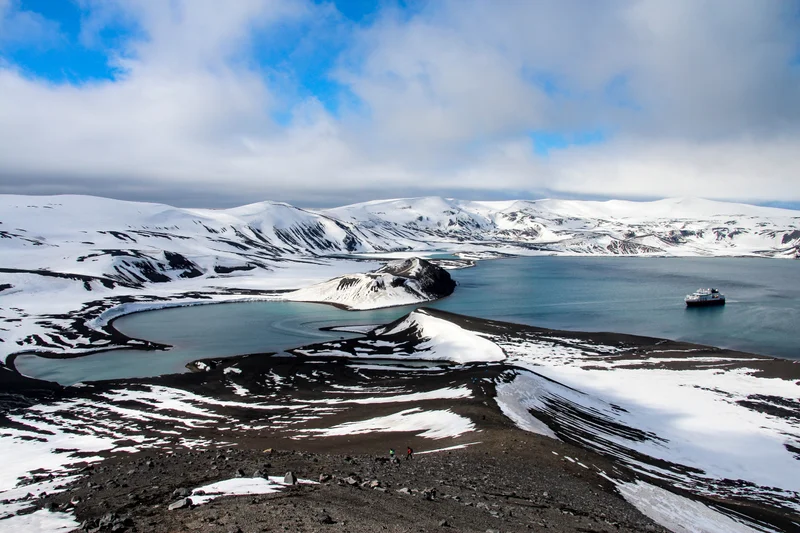


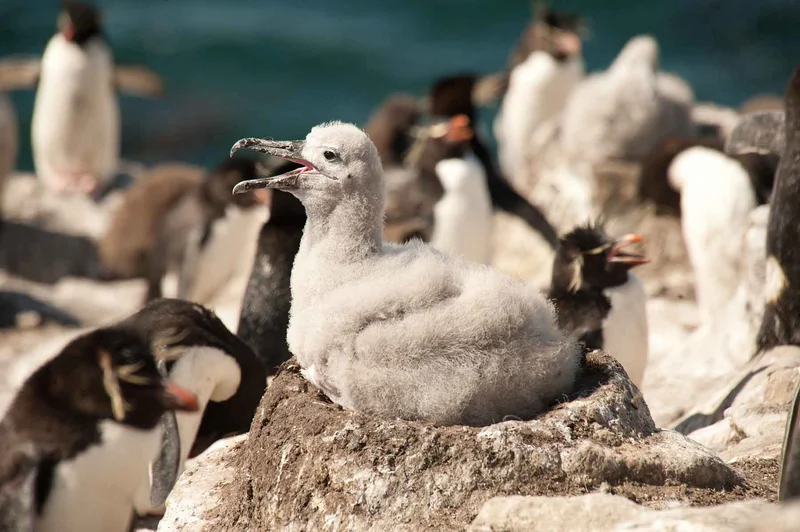
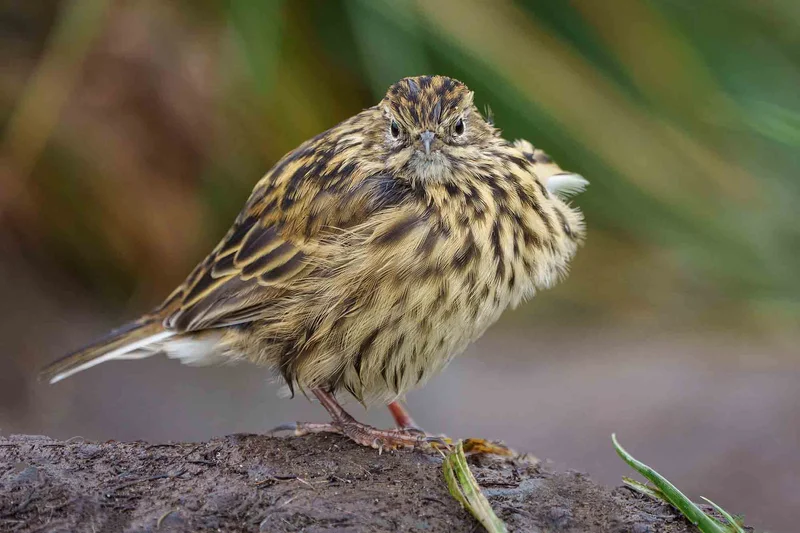

22 Day Antarctica Itinerary Highlights
- Cruise through breathtaking landscapes of the Falkland Islands, South Georgia, and the Antarctic Peninsula.
- Witness diverse wildlife, including penguins, seals, albatrosses, and whales, creating a truly immersive experience.
- Explore historic sites such as Grytviken, a former whaling station, and learn about the legendary journey of Sir Ernest Shackleton.
- Marvel at South Georgia's awe-inspiring scenery, featuring glaciers, fjords, and vast colonies of King Penguins.
- Engage in informative lectures by expert naturalists, enhancing your understanding of the unique ecosystems and wildlife encountered.
- Cruise through iconic passages like the Gerlache Strait and Antarctic Sound for unparalleled views.
Itinerary Map

22 Day Antarctica cruise activities


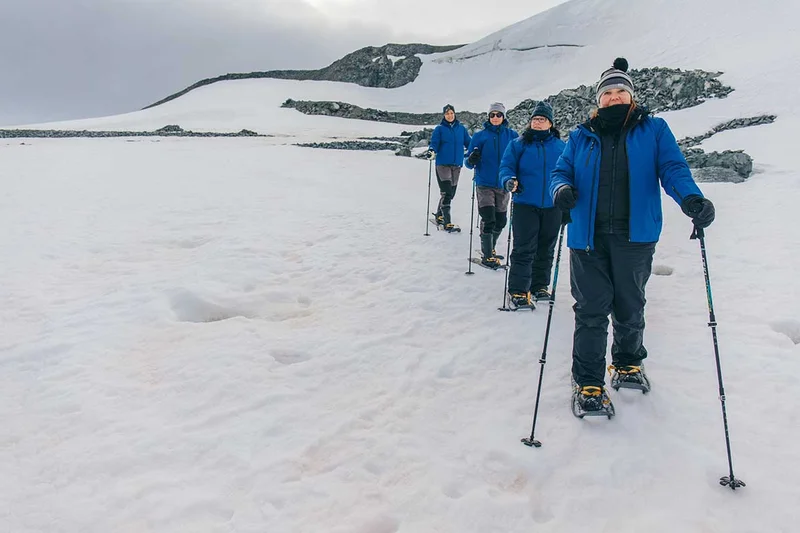
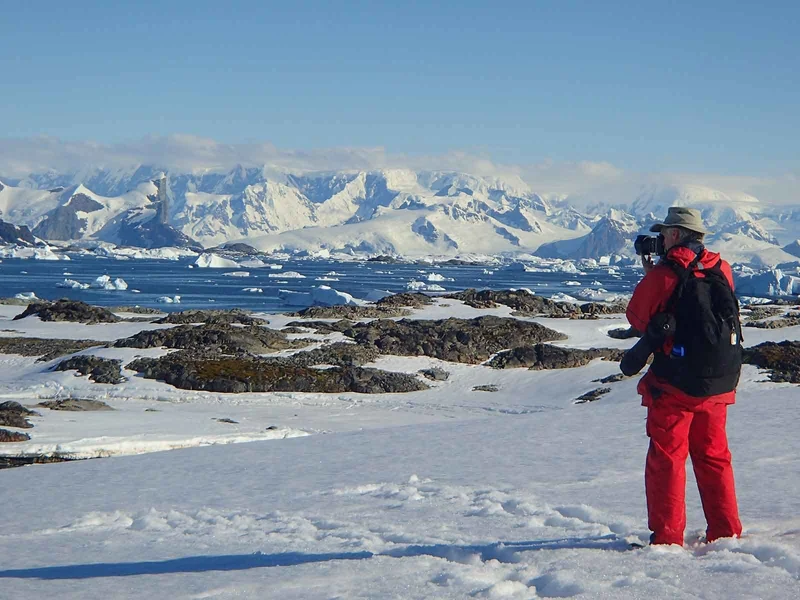
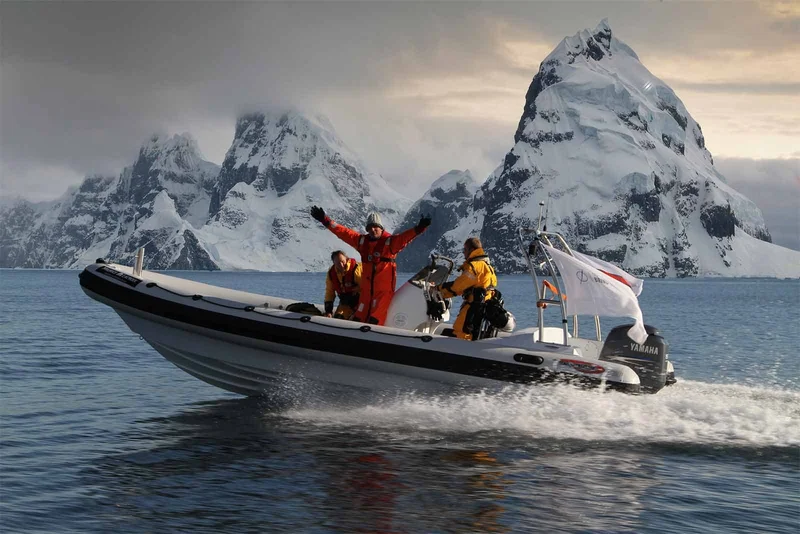

Animals you might see on this itinerary
Classic South Georgia
Why travel with us?
Would you like to know why booking with us is the best choice?
Discover the BenefitsSimilar Itineraries
